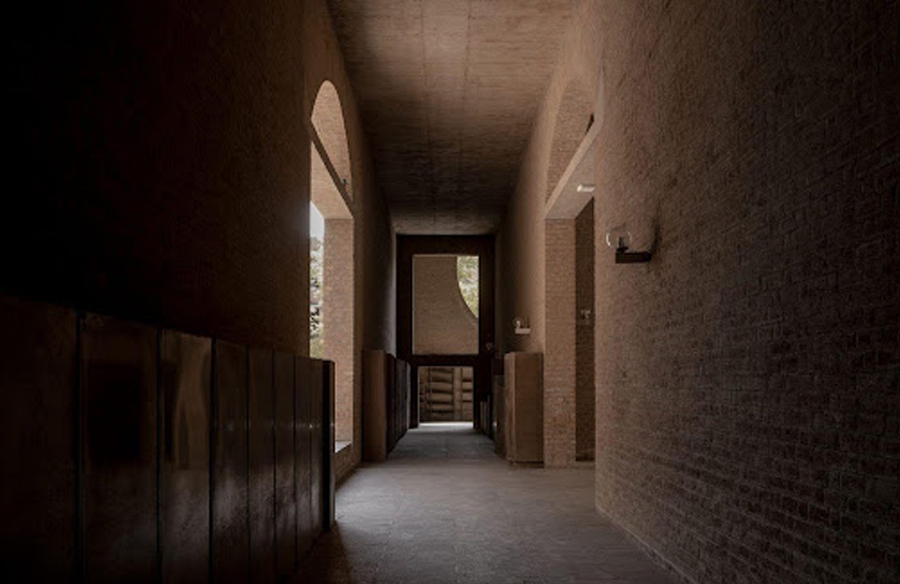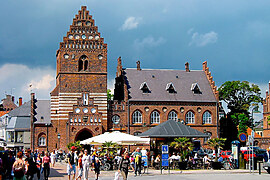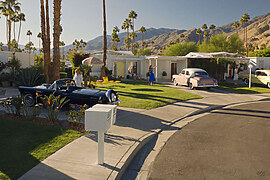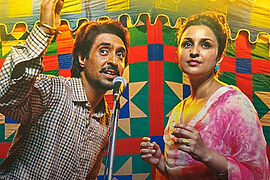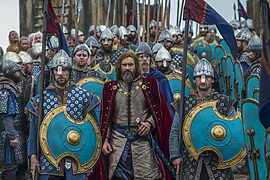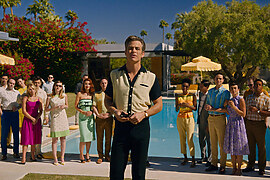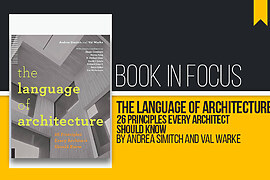A myriad of colours, landscapes, attractions and adventures, Everland is a 3000-acre leisure resort destination in Yongin, South Korea. Deemed as the largest and most popular theme park in the country, it is one of the busiest places with around 6 million visitors annually.
Owned and run by the Samsung group of companies, the resort offers a multitude of activities and attractions from rides, restaurants to parades and festivals, spread across beautiful settings surrounded by lush gardens and small mountains.
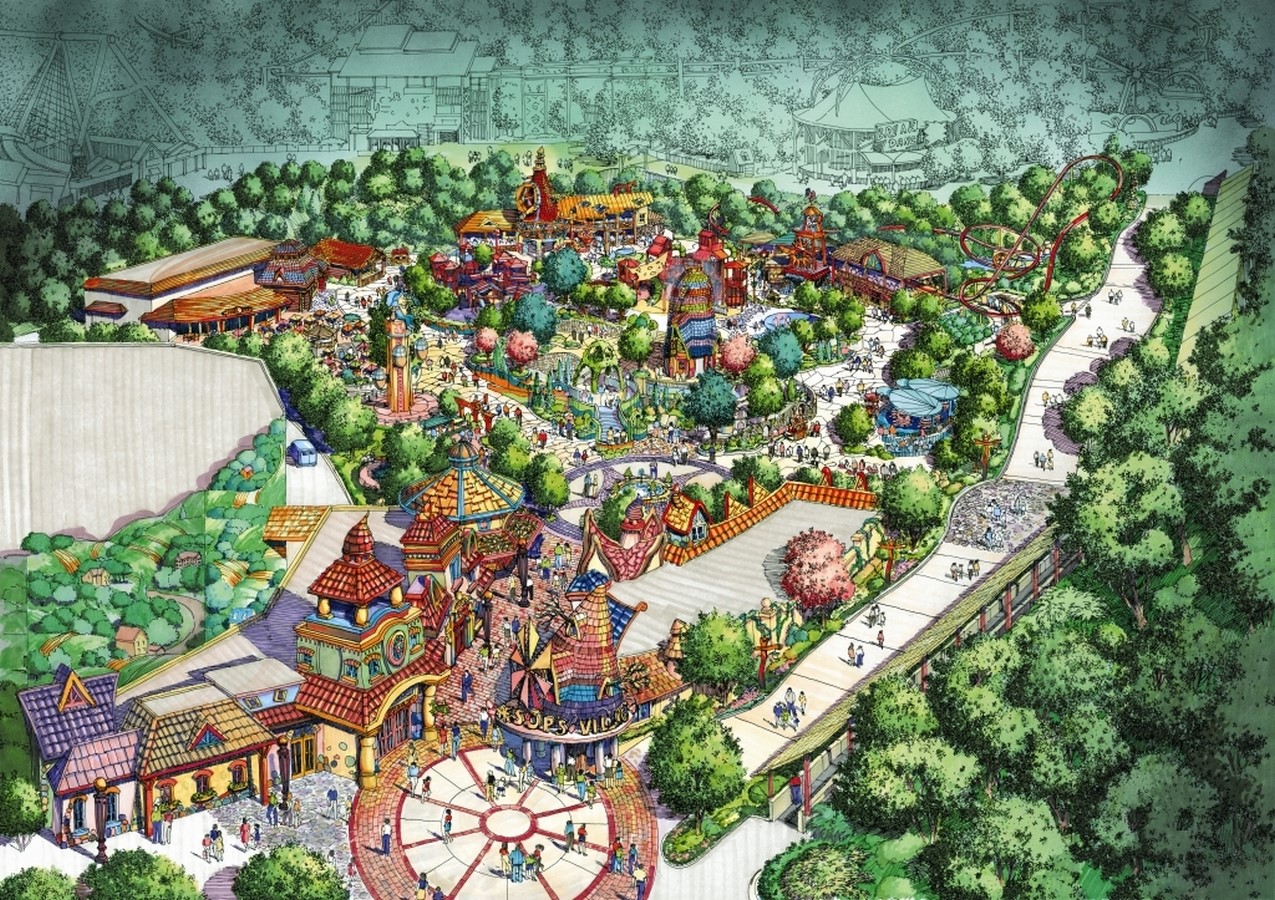
History | Everland resort
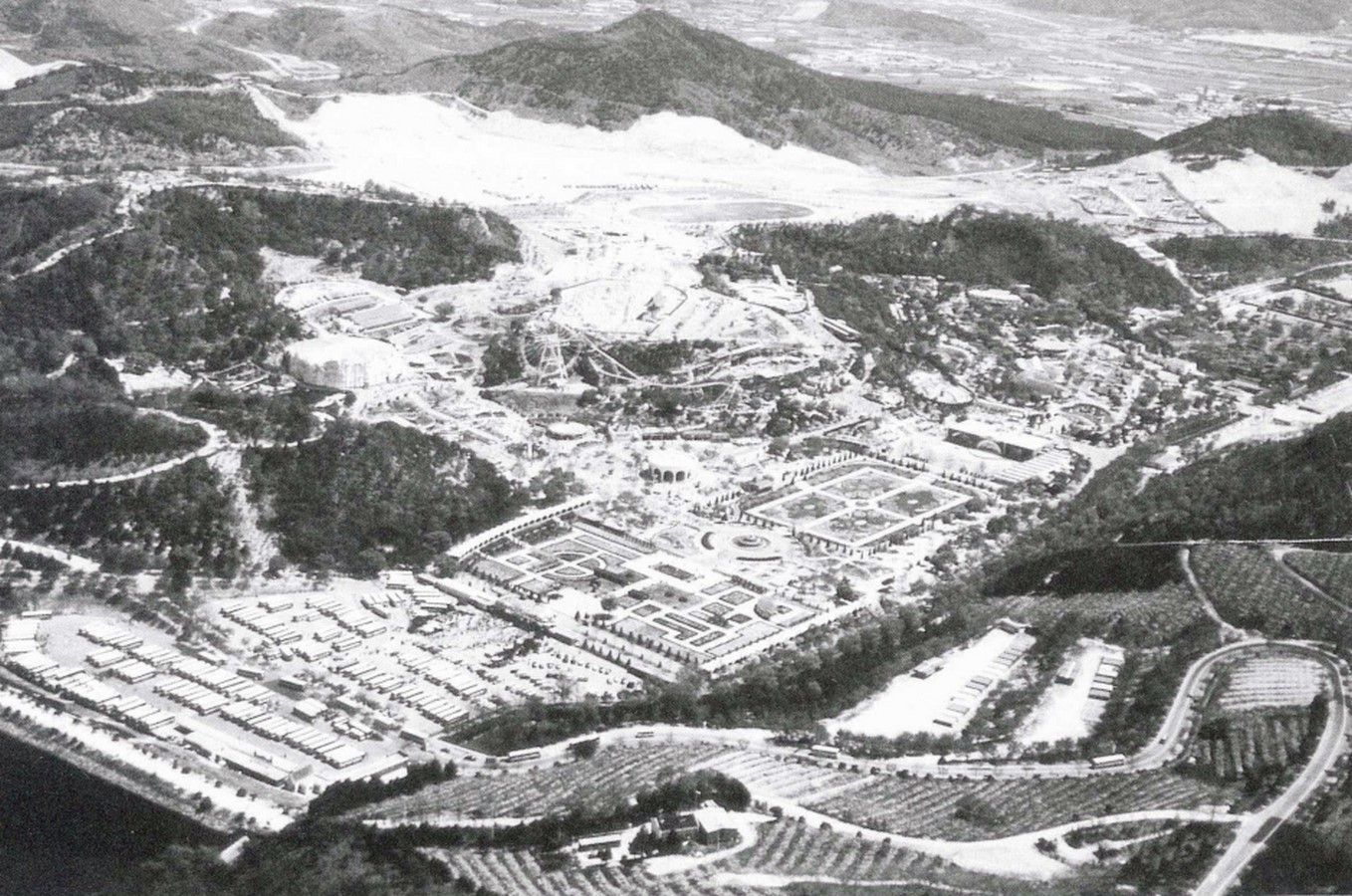
Established in 1976, the resort initially opened as the ‘Yongin farmland’, a family recreation park with botanical gardens, wildlife sanctuaries and petting zoos. Since it opened in a time when Korea’s leisure and entertainment culture was still developing, the resort set a paradigm as a space of respite amidst nature, a new world within, waiting to be explored.
With time, the resort evolved beyond its visuals, as several attractions were being constantly added to attract a wide range of people, thus transforming the place into a people’s paradise. After 20 years of successfully running as South Korea’s top-themed destination, the park was ready to set foot as a world-class resort, extending its reach to tourists all across the world.
Thus, the park was reborn as ‘Everland’ which represents the aspirations of the resort as a land of nature and dreams, a place where humans are in harmony with the environment.
Architectural Attractions
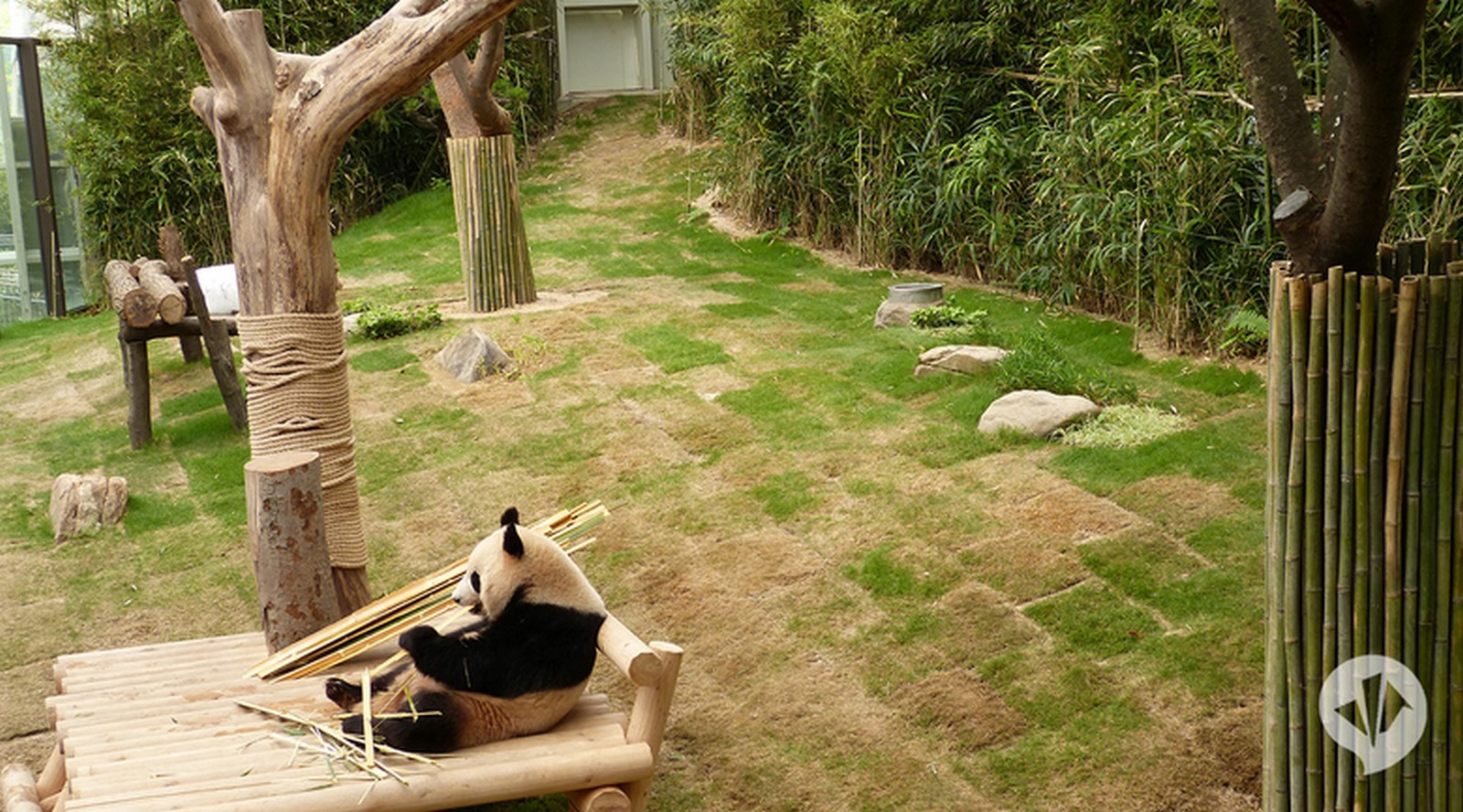
Panda World: Inspired by the landscape of Sichuan Province of China, the exhibition centre takes one on a meandering path through the lush natural surroundings, thus teleporting the users to the animal’s native habitat. Rock formations, bamboo, small streams and waterfalls are incorporated as a part of the experience thus making the facility sensitive to the needs of the animals while being informative and interactive for the visitors.
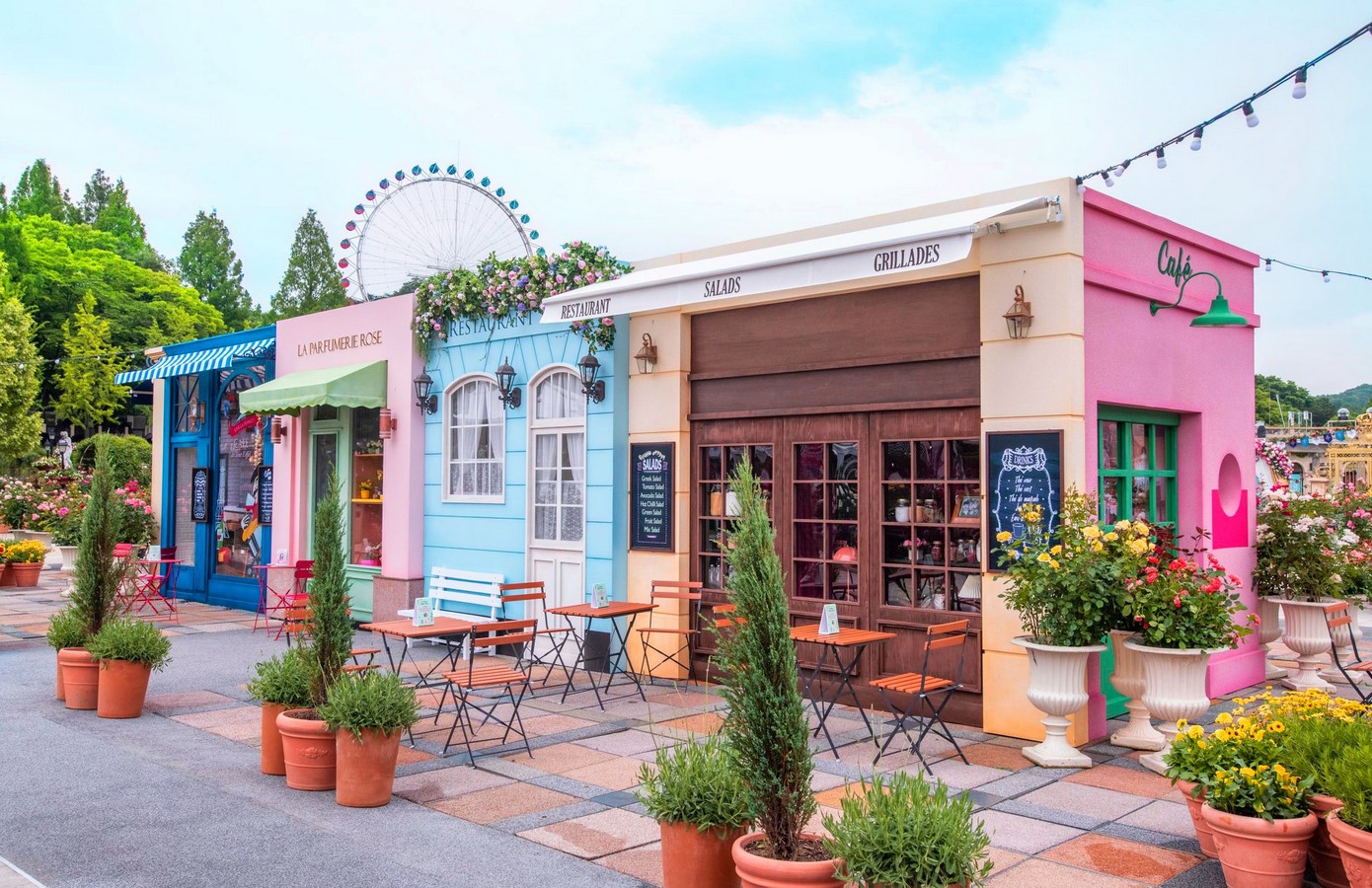
European Adventure: With beautiful flowered gardens, cobbled pathways, small cafes and well-manicured lawns; this zone resembles a serene European village.
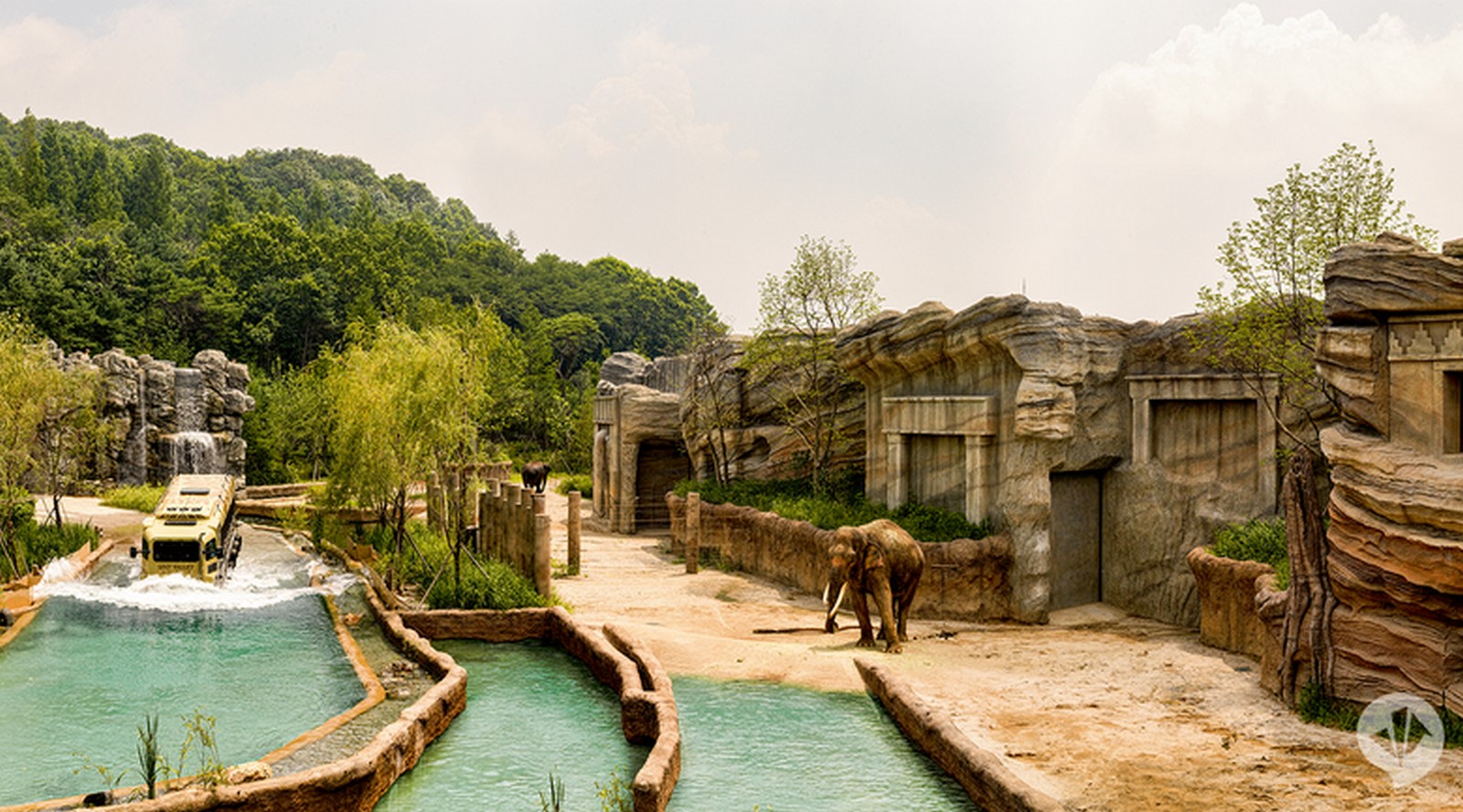
Lost Valley: With landscape and natural surroundings as the main priority, the visitors’ experience revolves around a story manifested across the geology and history of the wild, an interpretative journey through various animal enclosures, bringing forth humility and respect towards it. The rock cladding of the Temple of Tau demurely hides the ancillary functions such as the stalls, education centre and clinic thereby highlighting the indigenous design of the wildlife centre which seamlessly blends with the natural environment.
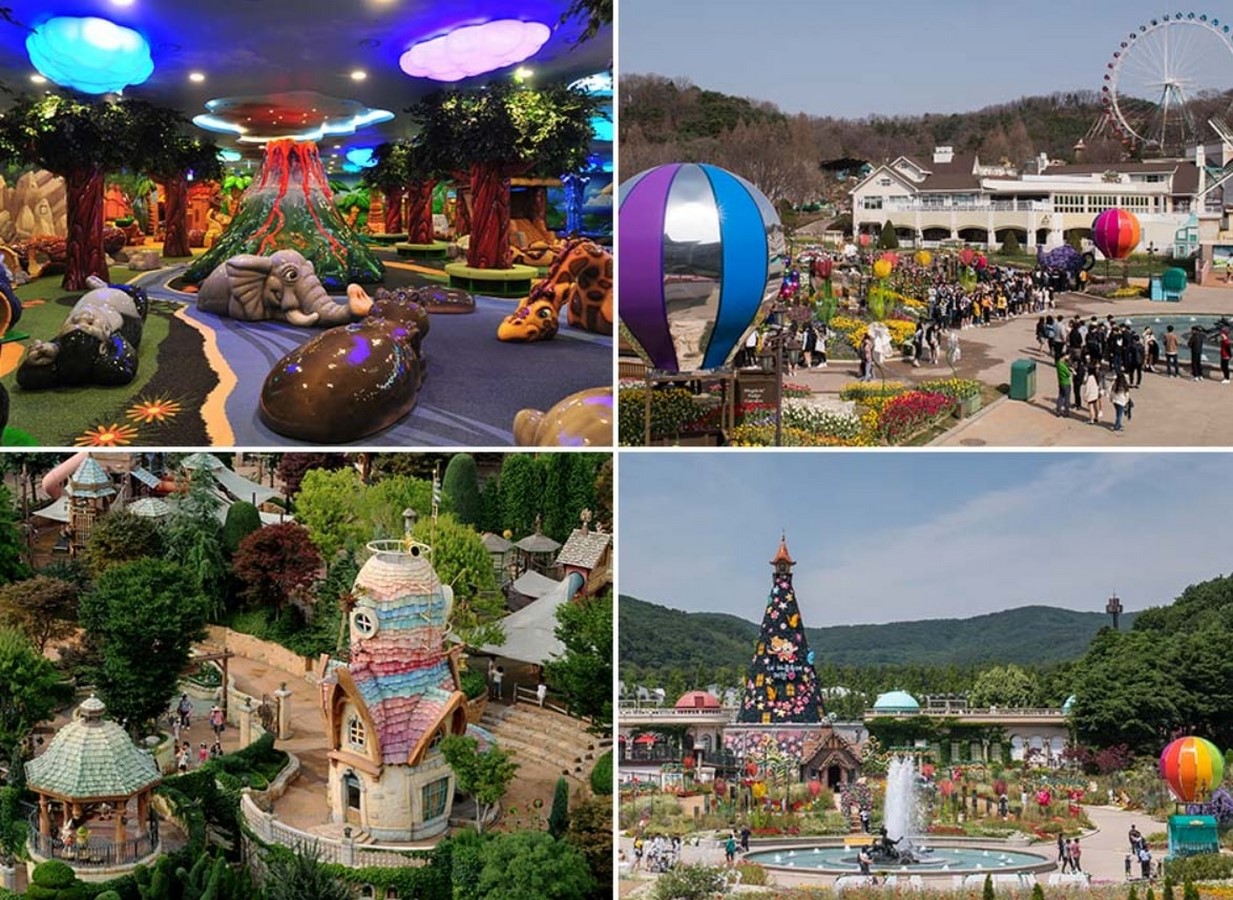
Colour assessment | Everland resort
The term theme park is analogous with colours and cannot be imagined otherwise. The vibrancy and warmth of the place are what makes it appear lively and interactive. Thus, a conscious effort goes into the planning of the colour palette of a theme park where different components can convey a story by coming together as one coherent theme. This is done beautifully by the colour designer of the park, Jung-Eun Kim, who works on a pre-set colour manual that is in perfect balance with the lush flower gardens of the park.
A work of fiction
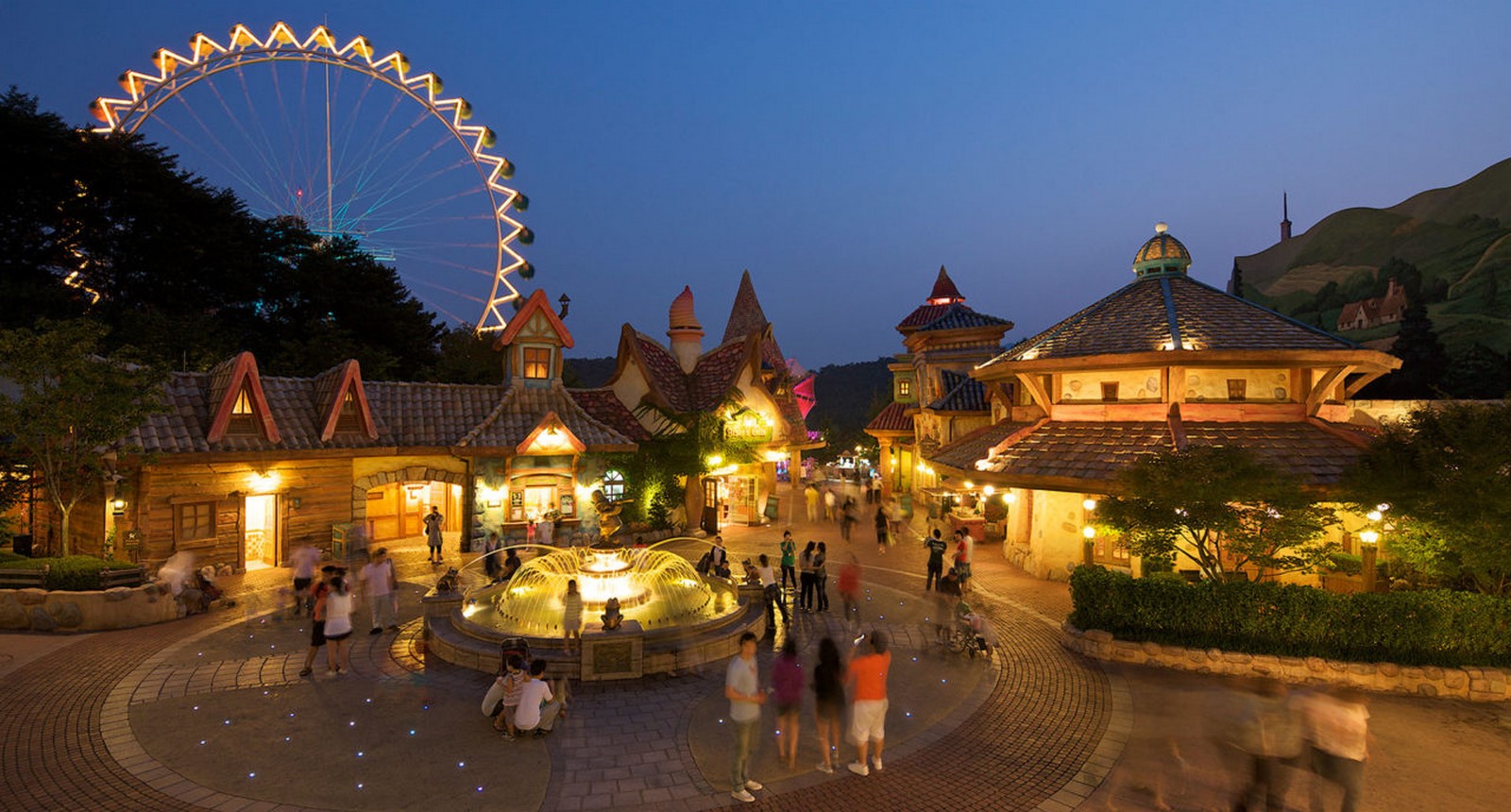
Fiction and architecture go hand in hand, especially in the design of theme parks, where the ultimate goal is to convey meaning and joy to the people. While fiction narrates a story in time, architecture builds a story in space, taking the users through a mesmerizing journey of art. The parades, carnivals and festivals hosted in these areas further bring life into it, engaging the users and making them a part of the story.
The design of Aesop’s village, for instance, is a beautiful example where fiction comes into life and takes one through a storybook experience through architecture.
Eclecticism

Like any other theme park, Everland is a world within a world, a place where different architectural styles, cultures and people come together and define space as one diversified land, thus creating a magical fairy-tale abode.
The global fair has restaurants from different cultures of the world, designed in their respective architectural styles thus making the place relevant and attractive to a wide range of users instead of targeting a specific group only.
Landscaping and circulation | Everland resort
Spread across a massive site of 3000 acres over contoured land, the design process of the theme park to make it appear as one coherent entity must be a challenge. Division of the land into different zones, setting up intermediate attractions, consciously planned landscaping features all play an important role in channelling the visitors and easing out circulation routes.
The gardens, water features, plantations not only make the place visually appealing but also act as pause points for the users to sit and relax. Additionally, dividing the park into different zones ensures that there is something for each age group, thus further encouraging diversified crowds.

Overall, the Everland resort is a unique attraction which has something to offer for everyone, from families or groups of students to nature lovers or adrenaline junkies, thus making the place a perfect getaway for leisure.










